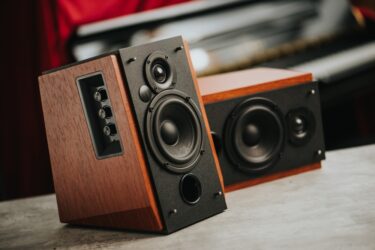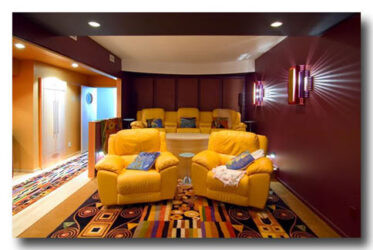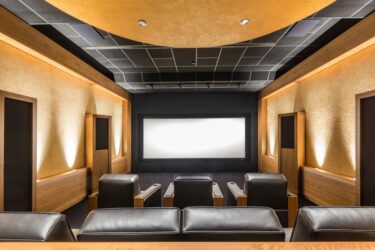How Many Acoustic Panels Do You Need for a Home Theater?
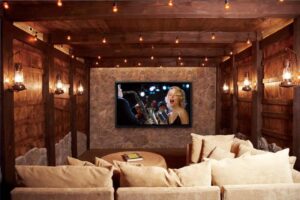 Creating a home theater involves more than just setting up a large screen and surround sound system. The acoustic properties of the room play a critical role in delivering an immersive audio experience. To optimize sound quality and minimize unwanted echoes or reverberations, the strategic placement of is essential. However, figuring out the quantity of individual panels required can certainly be a daunting task. In this essay, we will explore factors to consider when deciding on the quantity of acoustic panels required to achieve optimal sound performance.
Creating a home theater involves more than just setting up a large screen and surround sound system. The acoustic properties of the room play a critical role in delivering an immersive audio experience. To optimize sound quality and minimize unwanted echoes or reverberations, the strategic placement of is essential. However, figuring out the quantity of individual panels required can certainly be a daunting task. In this essay, we will explore factors to consider when deciding on the quantity of acoustic panels required to achieve optimal sound performance.
Room Size and Shape
The size and shape of your live entertainment room will significantly impact the number of acoustic panels needed. Larger rooms tend to have more reflective surfaces, resulting in increased sound reflections and potential acoustic issues. Irregularly shaped rooms with multiple angles and corners can also contribute to sound distortions. In general, larger rooms and rooms with complex shapes may require more panels to effectively control sound reflections and achieve balanced acoustics.
Room Usage and Function
Consider how you plan to use your home theater. Will it be primarily used for watching movies, gaming, or listening to music? Different activities may have varying sound requirements. For example, movie viewing may benefit from a more immersive and enveloping audio experience, while music listening might prioritize precise sound reproduction. The intended usage will influence the placement and quantity of acoustic panels needed.
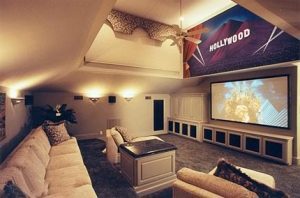 Absorption and Diffusion
Absorption and Diffusion
Acoustic sections serve two primary functions: absorption and diffusion. Absorption panels reduce sound reflections by absorbing sound energy, whereas diffusion panels scatter sound waves to create a more balanced and spacious acoustic environment. The ideal placement of panels will depend on the specific characteristics of your room. Areas with excessive sound reflections, such as parallel walls or corners, may require more absorption panels, while diffusion panels can be strategically placed to enhance sound distribution.
Room Treatments
In addition other room treatments, such as bass traps and ceiling clouds, can further enhance the sound quality of your home theater. Bass traps help control low-frequency resonances, while ceiling clouds address sound reflections from the ceiling. Integrating these treatments alongside acoustic panels can contribute to a more comprehensive and effective acoustic solution. The quantity and placement of these treatments will depend on the specific acoustic challenges of your room.
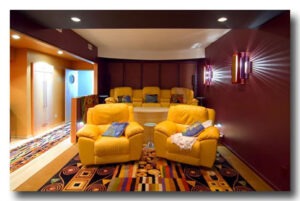 Personal Preferences
Personal Preferences
Personal preferences and aesthetic considerations also play a role in determining the quantity. Some individuals may prefer a more acoustically treated environment with a higher number of panels, while others may prefer a more minimalistic approach. Additionally, the visual impact should be taken into account. Balancing the desired acoustic performance with the overall ambiance is important to create a space that is both sonically pleasing and visually appealing.
Ultimately, the number needed for a home theater will depend on various factors, including room size, shape, usage, treatment goals, and personal preferences. It is recommended to consult with acoustic professionals or live entertainment experts who can analyze your specific room and provide guidance on the optimal placement and quantity of acoustic panels. By thoroughly taking into consideration these issues and looking for professional expertise, you can achieve the optimal acoustic environment for your home theater, enhancing the audio experience and immersing yourself in the magic of the movies from the convenience of your own home.




